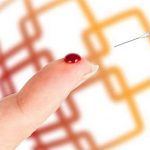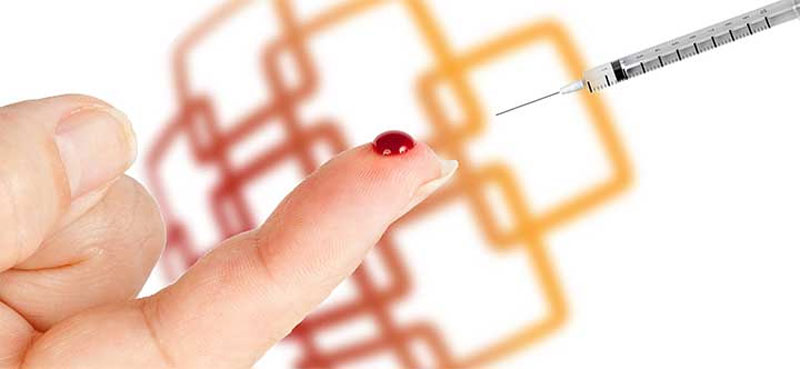 The real or potential harm resulting from a prick with a needle previously used to take blood or give an injection. The main concern is the risk of HIV or hepatitis B infection.
The real or potential harm resulting from a prick with a needle previously used to take blood or give an injection. The main concern is the risk of HIV or hepatitis B infection.
Accidental perforation of the skin by an injection needle, commonly of the hand or finger and usually by a nurse or doctor administering a therapeutic injection. The term also refers to accidental injuries from injection needles discarded discarded by drug abusers. Dangerous infections such as viral hepatitis or HIV may be acquired from needle-stick injuries, and there are strict procedures about the disposal of used syringes and needles in medical settings.
Accidental puncturing of the skin with an unsterilized needle. Health care workers are especially at risk for injury while handling needles. Prevention of needle-stick injury is essential because of the danger of exposure to infection from diseases transmitted by blood (e.g., AIDS, hepatitis B or C). More than 600,000 needle-stick injuries are estimated to occur each year among health care providers in the U.S.
Unintentional penetration of the skin by a contaminated hypodermic needle is referred to as a needlestick injury. Hospital personnel are most susceptible to such incidents. These injuries pose a significant risk of severe infections, such as HIV and hepatitis, and demand prompt medical care. The wound should be meticulously cleaned, and blood tests might be necessary to ascertain whether infection has been transmitted.
